50+ Sample Delivery Form
-
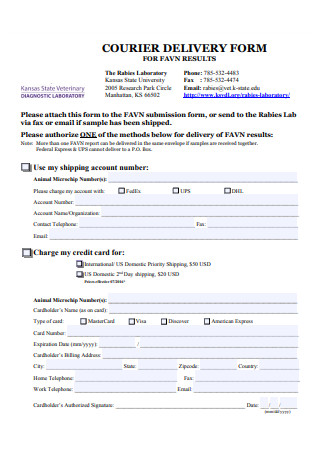
Courier Delivery Form
download now -
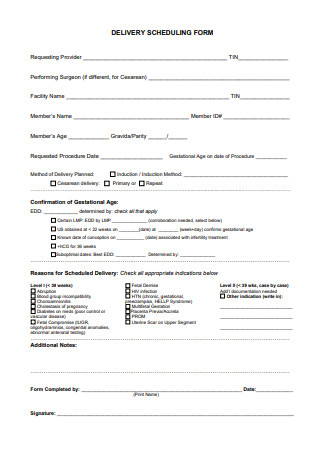
Delivery Scheduling Form
download now -
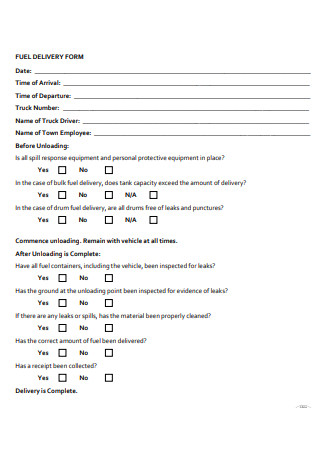
Fuel Delivery Form
download now -
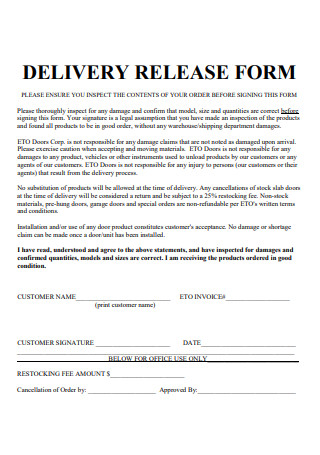
Delivery Release Form
download now -
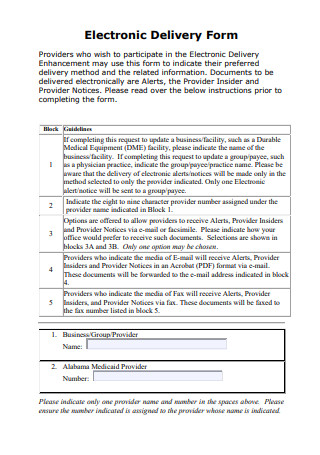
Electronic Delivery Form
download now -
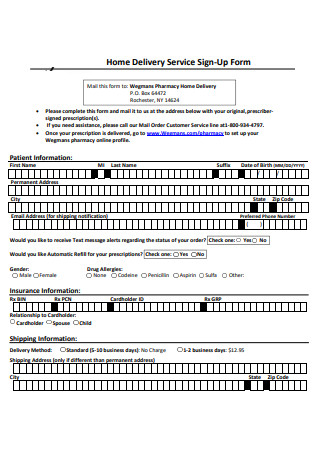
Home Delivery Service Form
download now -
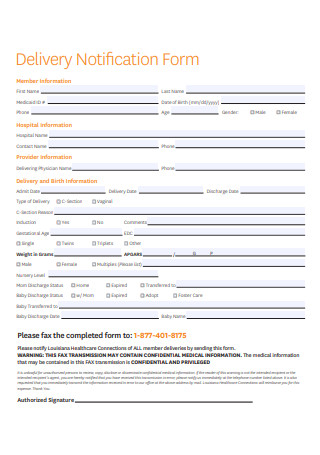
Delivery Notification Form
download now -
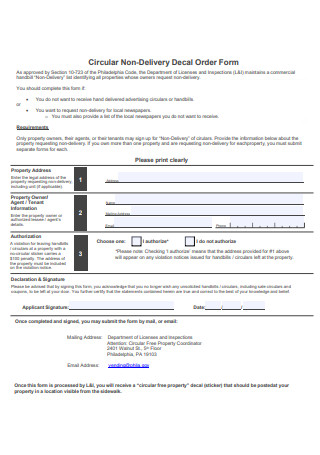
Circular Non-Delivery Order Form
download now -
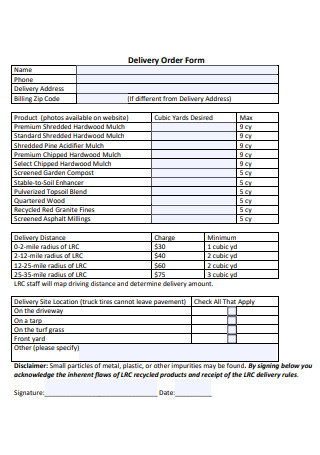
Delivery Order Form
download now -
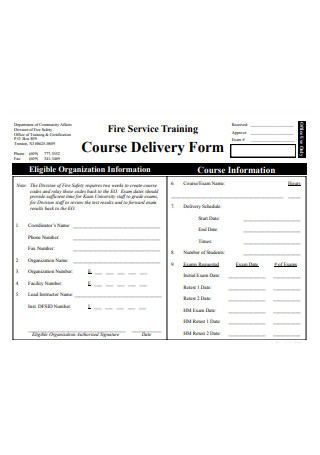
Course Delivery Form
download now -
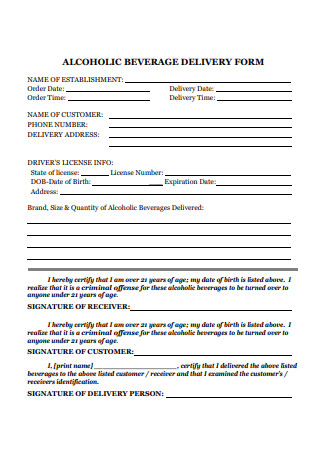
Alcoholic Beverage Delivery Form
download now -
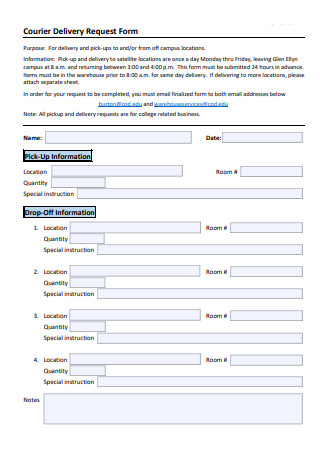
Courier Delivery Request Form
download now -
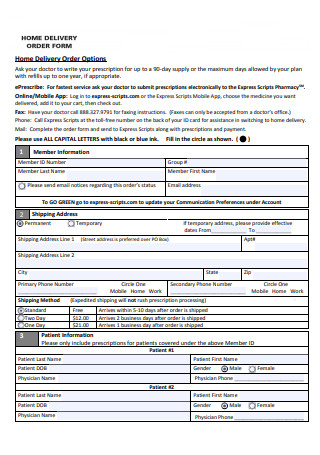
Home Delivery Order Form
download now -
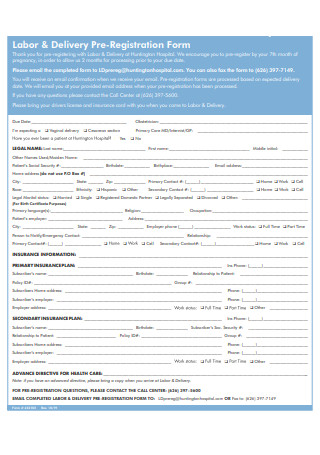
Labor and Delivery Pre-Registration Form
download now -
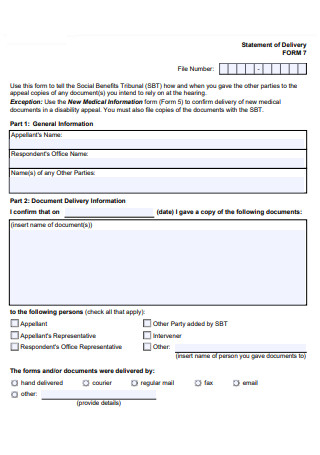
Statement of Delivery Form
download now -
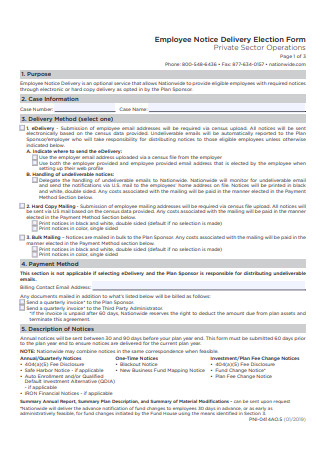
Employee Notice Delivery Election Form
download now -
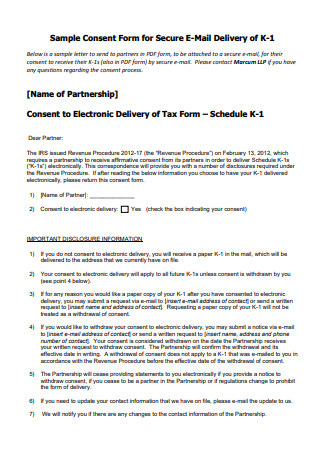
E-Mail Delivery Consent Form
download now -
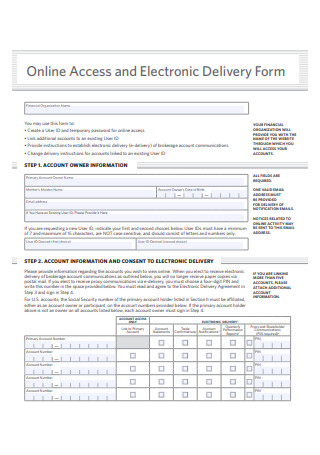
Online Access and Electronic Delivery Form
download now -
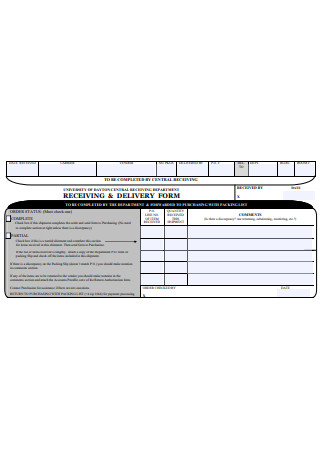
Receiving and Delivery Form
download now -
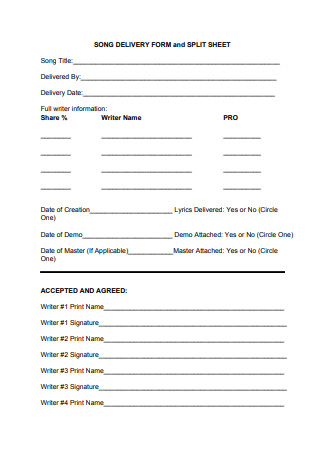
Song Delivery Form and Split Sheet
download now -
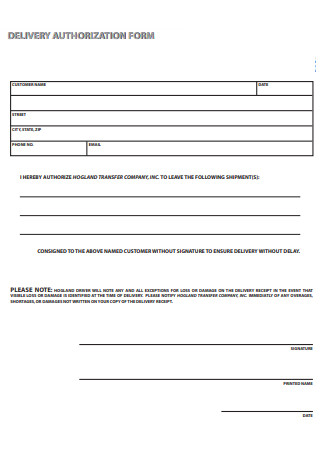
Delivery Authorization Form
download now -
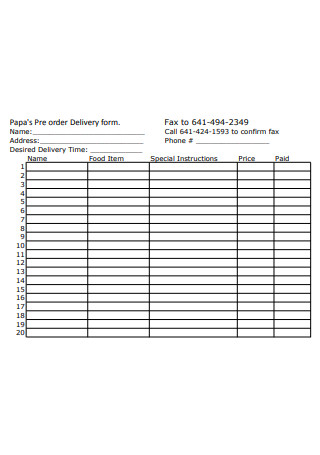
Pre-Order Delivery Form
download now -

Notification of Delivery Form
download now -
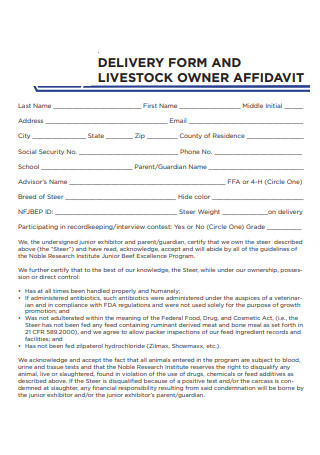
Delivery Form and Livestock Owner Affidavit
download now -
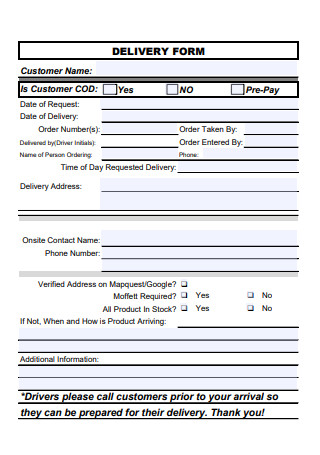
Basic Delivery Form
download now -
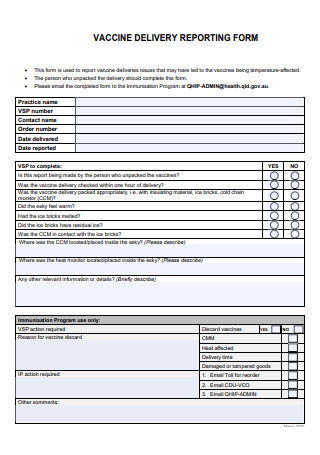
Vaccine Delivery Reporting Form
download now -

Advancement Services Donation Delivery Form
download now -
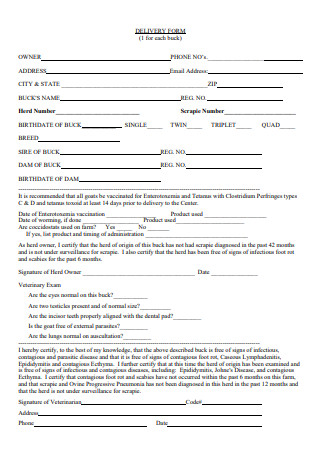
Formal Delivery Form
download now -
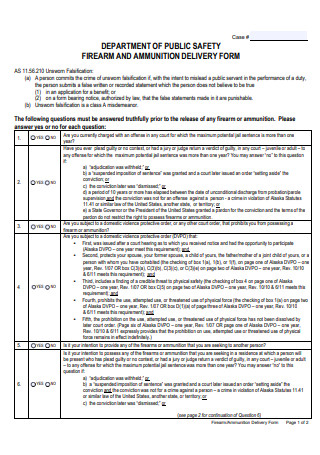
Public Safety Delivery Form
download now -
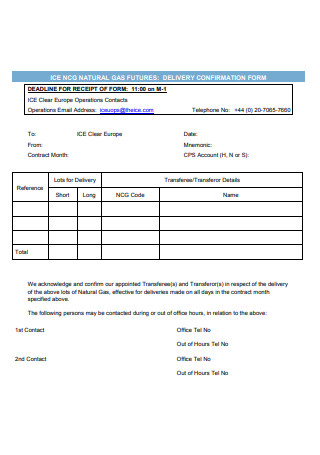
Delivery Confirmation Form
download now -
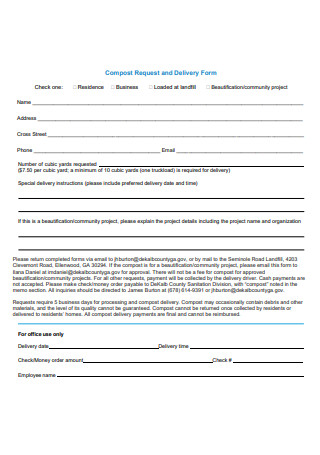
Request and Delivery Form
download now -
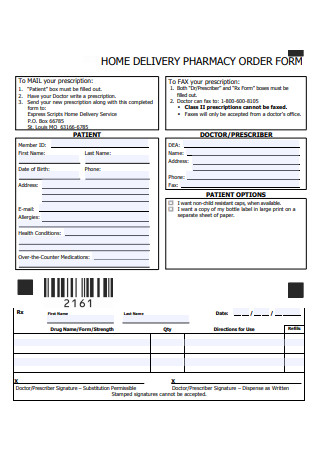
Home Delivery Pharmacy Order Form
download now -

Services Meal Delivery Order Form
download now -
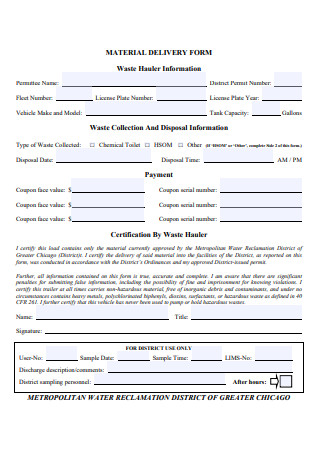
Material Delivery Form
download now -
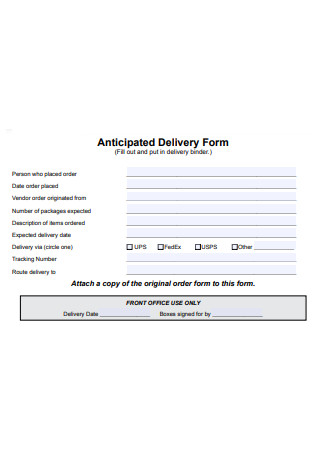
Anticipated Delivery Form
download now -
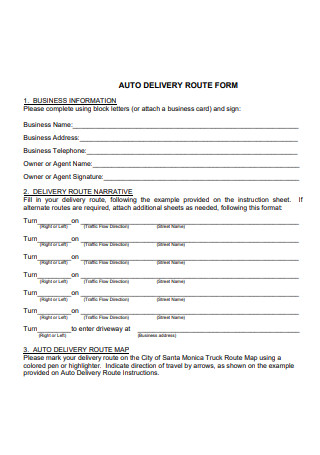
Auto Delivery Route Form
download now -
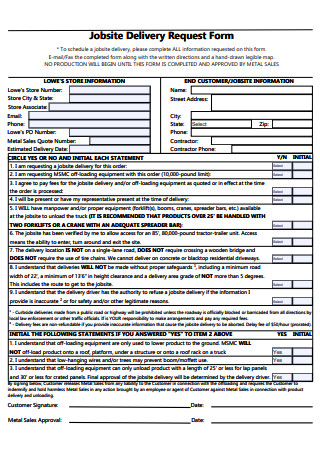
Jobsite Delivery Request Form
download now -
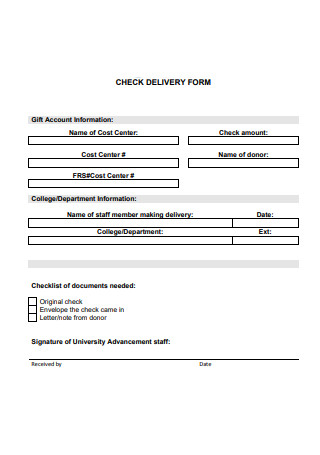
Check Delivery Form
download now -
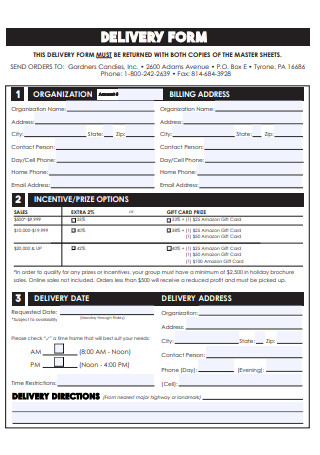
Delivery Form in PDF
download now -
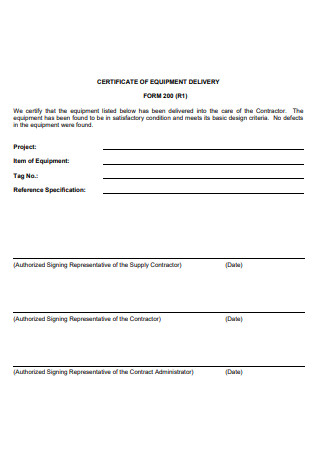
Certificate of Equipment Delivery Form
download now -

Freight Delivery Form
download now -

Delivery Agreement Form
download now -

Delivery Customer Form
download now -
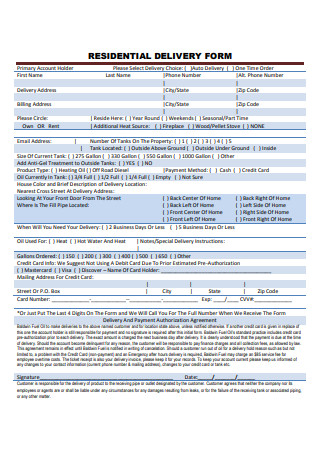
Residential Delivery Form
download now -
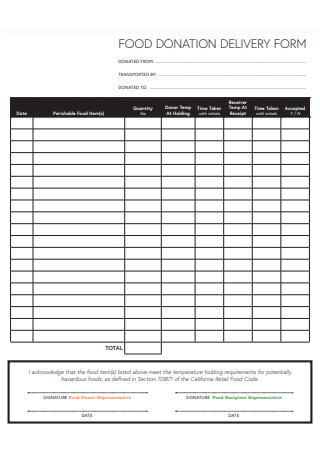
Food Donation Delivery Form
download now -
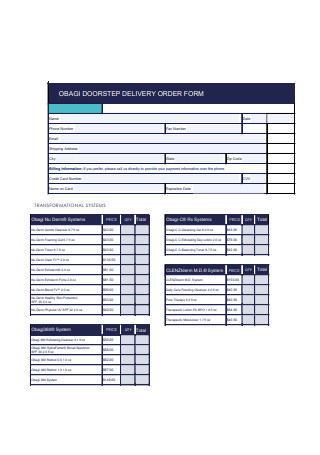
Doorstep Delivery Form
download now -
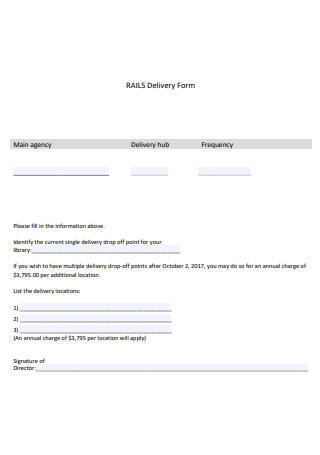
Rails Delivery Form
download now -
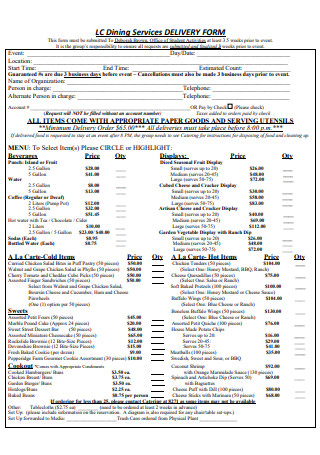
Dining Services Delivery Form
download now -
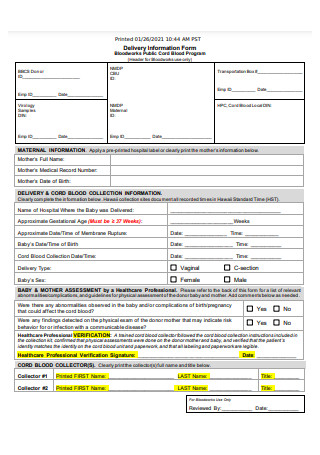
Delivery Information Form
download now -
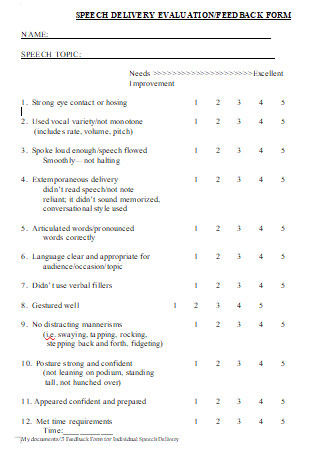
Speech Delivery Evaluation Feedback Form
download now -
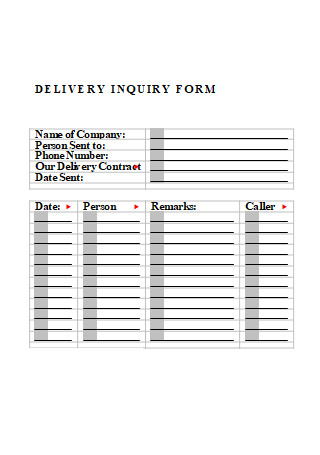
Delivery Inquiry Form
download now
What Is a Delivery Form?
Delivery forms are official documents that contain pertinent information about the products being transported, the sender and recipient, and more. You expect the material to be a receipt because it includes the price, delivery destination, and other shipment and delivery-related information. The significance of this form cannot be understated, as it helps to complete the process or cycle of ordering and transporting goods. It is common knowledge that delivery is the final step in the sales process, as a delivered package indicates that the shipping or transporting process was successful. You anticipate that the forms will also come in various examples because each delivery has unique considerations, depending on what was planned. According to the National Retail Federation (NRF), port congestion and shipping delays have affected 97% of its members. These delays can harm the reputations of retail brands and erode customer confidence.
Benefits of Delivery Forms
The paperwork required for shipping packages, precisely the delivery form, will offer numerous benefits. Before beginning to construct and use such forms, it is vital to be aware of these, as setting the proper expectations will significantly assist. Your expectations for the arrangement’s usefulness are vastly different from its actual value. If you use incorrect instances of delivery and associated cumbersome paperwork, you must refresh your knowledge on the subject. Here are the essential benefits to note:
Tips for Delivery Success
Excellent customer service for delivery operations is not an accident. While errors and miscommunications are an inevitable part of running a retail operation, well-thought-out policies and procedures aid in resolving problems when they arise and preventing their occurrence. This necessitates examining and refining processes throughout the entire shop, from receiving new inventory items to handing off the finished product to the customer. The following guidelines will assist you in ensuring that your shop has the necessary personnel, policies, and procedures to provide superior customer service with every bottle. Get it right from the start by offering customers the desired products at a price they are ready to pay.
1. Stock the Items Your Customers Desire
Assuring you always have best-selling products is the first step toward a pleased consumer base. Establish a procedure to identify and manage your essential items and to compute points that account for each distributor’s needed lead time. Ensure that your distributor’s sales personnel know the most vital things for your organization. So that you can adequately train, request that they notify you of probable out-of-stock situations, changes to vintages, or price adjustments. Nevertheless, regardless of how efficient your ordering procedure is, you will sometimes need a critical item. When this occurs, have a system for recommending viable short-term substitutions and informing clients when their favorite item will return to stock.
2. Buy Extensively on Favorites and Maintain Competitive Pricing
Knowing what your clients desire is only the beginning. It would help if you also sold it at the price customers want. Many of the most popular products are frequently sold with substantial volume discounts, so buy as profoundly as you can while preserving as much profit. Smaller stores should inquire with their distributors whether a bill and hold option is available, and if so, ensure that the payment and delivery terms are correctly understood. Check in regularly with your distributor reps about future price rises or special offers so that you can budget for significant purchases. A store with an outstanding reputation for customer service may be able to charge an additional dollar or two per bottle, but this may not be possible for major, well-known brands. A range of inexpensive, high-margin finds may better serve customers ready to take a chance on something new.
3. Make sure your inventory is accurate.
Whether online or in-store, incorrect inventory is one of the most prevalent causes of customer complaints. A good POS system that interacts easily with your e-commerce platform will eliminate numerous possible problems. Developing a method to check in new items reliably is of equal importance; without it, your data will be wrong. Continuous inventory counts and reconciliation, either monthly or on a rolling basis, are required to discover and remedy discrepancies before they become a problem.
4. Make it easy to accept substitutions
Regardless of how good your procedure is, inventory problems are unavoidable. Incorporating a “substitutions allowed” checkbox into your e-commerce platform will allow customers to choose between receiving their order quickly or receiving the exact items they were seeking. Notifying the customer in advance that they will receive a substitution — and indicating that it is an upgrade — will typically prevent post-delivery complaints.
5. Manage Delivery Time Expectations
Delivery delays are a common reason for online customer service complaints. Managing customer expectations can be one of the most demanding parts of running a business because timely delivery depends on many elements beyond a shop’s immediate control, such as weather, traffic, and delivery location. If you anticipate lengthier delivery periods than expected, promptly and truthfully inform your consumer. Losing a single sale today is preferable to losing a customer permanently. If you impose delivery fees, waiving them is a gesture of goodwill that is often appreciated. For your best clients, offering to include an additional bottle or applying a discount can go a long way toward alleviating the stress of late delivery.
6. Double Check the Order
Ensure that the item being shipped corresponds precisely to what the consumer bought. Giving a refund or collecting and replacing a misdelivered item requires time and work. Therefore, getting things right the first time is worth the extra effort. There are numerous ways to optimize this procedure for your store, employees, and order flow.
How to Make a Delivery Form
After the previously stated issues, you should be familiar with delivery forms, but there is also a problem regarding how effective you can make such forms. You need only adhere to a template to do the procedure efficiently. To guarantee your condition is compliant with corporate requirements, you must still consider several essential factors. Otherwise, a simple outcome may create the impression that the organization that allocated the form is unprofessional. The following are typical delivery order creation methods:
1. Plot Your Format
Formatting marks are the first step in creating forms. You must carefully plan the format, as you will be required to use it on all subsequent delivery forms. Using flawed and poorly designed arrangements would result in adverse outcomes. You begin by exploring various templates and evaluating a variety of formats to arrive at the final form that best suits your output. This is where you start to plot the dimensions, fonts, structure, and other elements.
2. Identify Specifics Accordingly
Labeling assists users in identifying where to enter their names, descriptions, signatures, and other information on purchase forms. If the numbers inside are for the reference number or contact information, having a blank document without tags will be confusing. Every label must remain comprehensible, such as when you use R.N. initials for a reference number but only expect some to know what the initials stand for. Spelling out the initials clarifies the situation.
3. Observe a Simple and Uncluttered Design
As part of the formatting process, design is an additional critical stage. The idea is to keep things simple, as excessive form design might result in a chaotic product. This example is not a design competition, so you should balance clarity and conciseness. However, remember that the design also creates a brand since clients might perceive an impression based on the design of shapes. It is a positive sign when most clients are impressed by design.
4. Simplify with Tables
The majority of order and tracking forms have tables to separate information. Tables feature lines to ensure that everything typed is in a straight line, as opposed to disregarding the spaces. The table provides a decent framework for encoding the unit pricing, total amount, and other information. There must also be sufficient space for writing, as the delivery personnel assigned to the shipment may only be able to add further descriptions or notes if there is adequate space.
5. Review and Edit
Examine the complete form, from top to bottom, beginning with what is visible at the top. Numerous errors may be involved, so you pay close attention to the particulars. Others may be in a rush, but carelessness is strongly discouraged. Still, precise information must be supplied to ensure that no error is made. There is still sufficient time to edit the problems discovered during a review, provided that time is managed wisely. When editing, you strive to improve the final product as much as possible instead of making it worse.
FAQs
What is a proof of delivery form?
Proof of delivery form is a document used to verify and confirm that the consumer or buyer got and accepted the item or package. Once the customer has received the package, they can prove to the seller that delivery was successful by completing this form.
What is the meaning of delivery service?
Delivery Services refers to the collection of one or more local goods from a local merchant and their delivery to a customer. The term “delivery services” excludes deliveries that require more than 75 miles of travel from the local merchant to the customer.
Why is it important to have a delivery service?
Taking effective control of the delivery process to ensure that packages are delivered to customers on time. It may increase the efficiency of businesses and a reduction in the time and effort required to handle deliveries.
No one should take delivery processes for granted because they require careful thought. Even though a delivery form is small, it is still essential because it contains numerous details that assist in processing deliveries appropriately. Failure to provide intelligent tracking and delivery-related decisions will ultimately disgrace the company, as customers are already dissatisfied with the overall service due to failed deliveries. Before sending and submitting forms, verifying their contents is necessary for the shipment process to continue. Ensure that the content does not cause individuals to become more anxious but rather to feel at ease.
